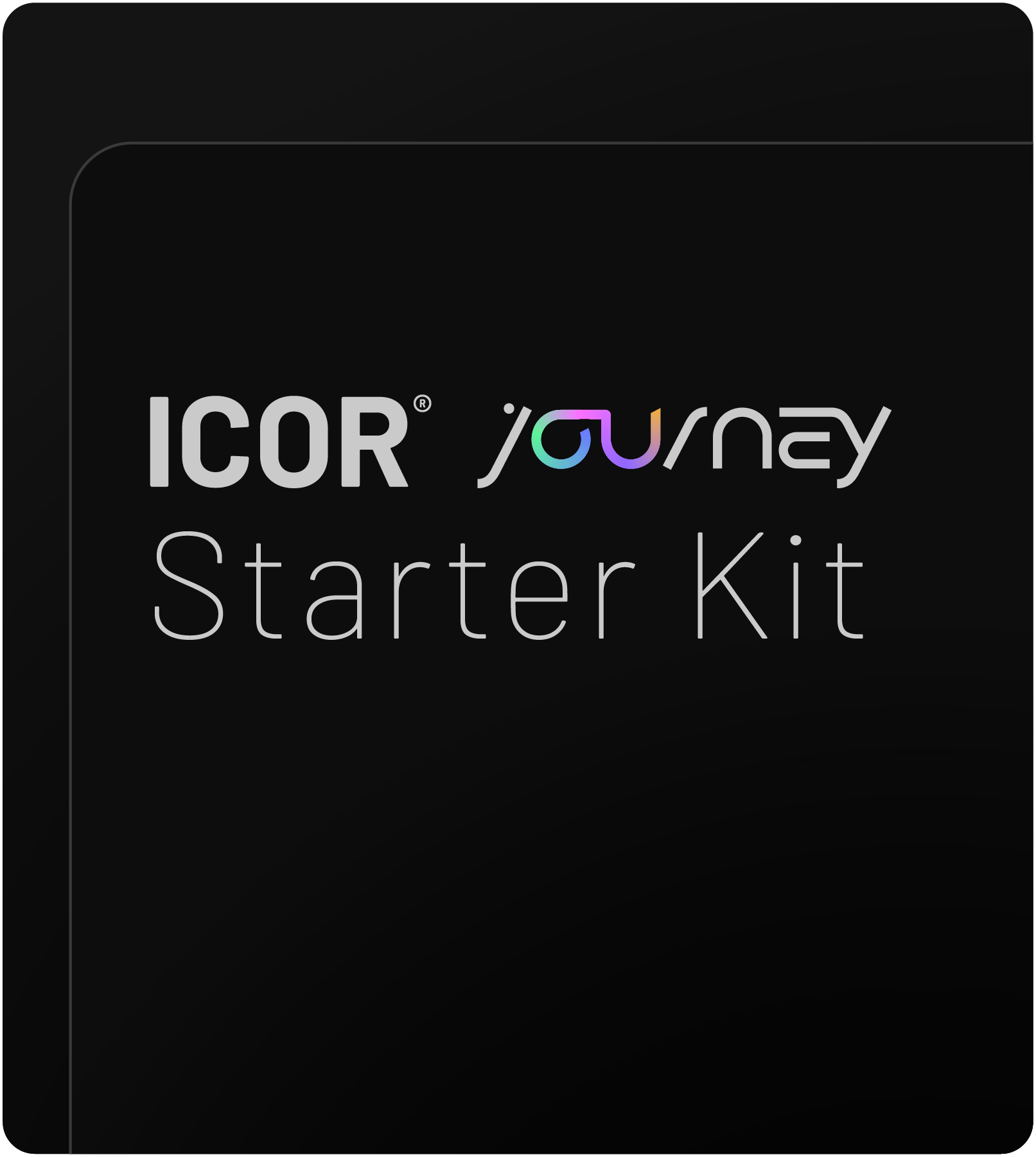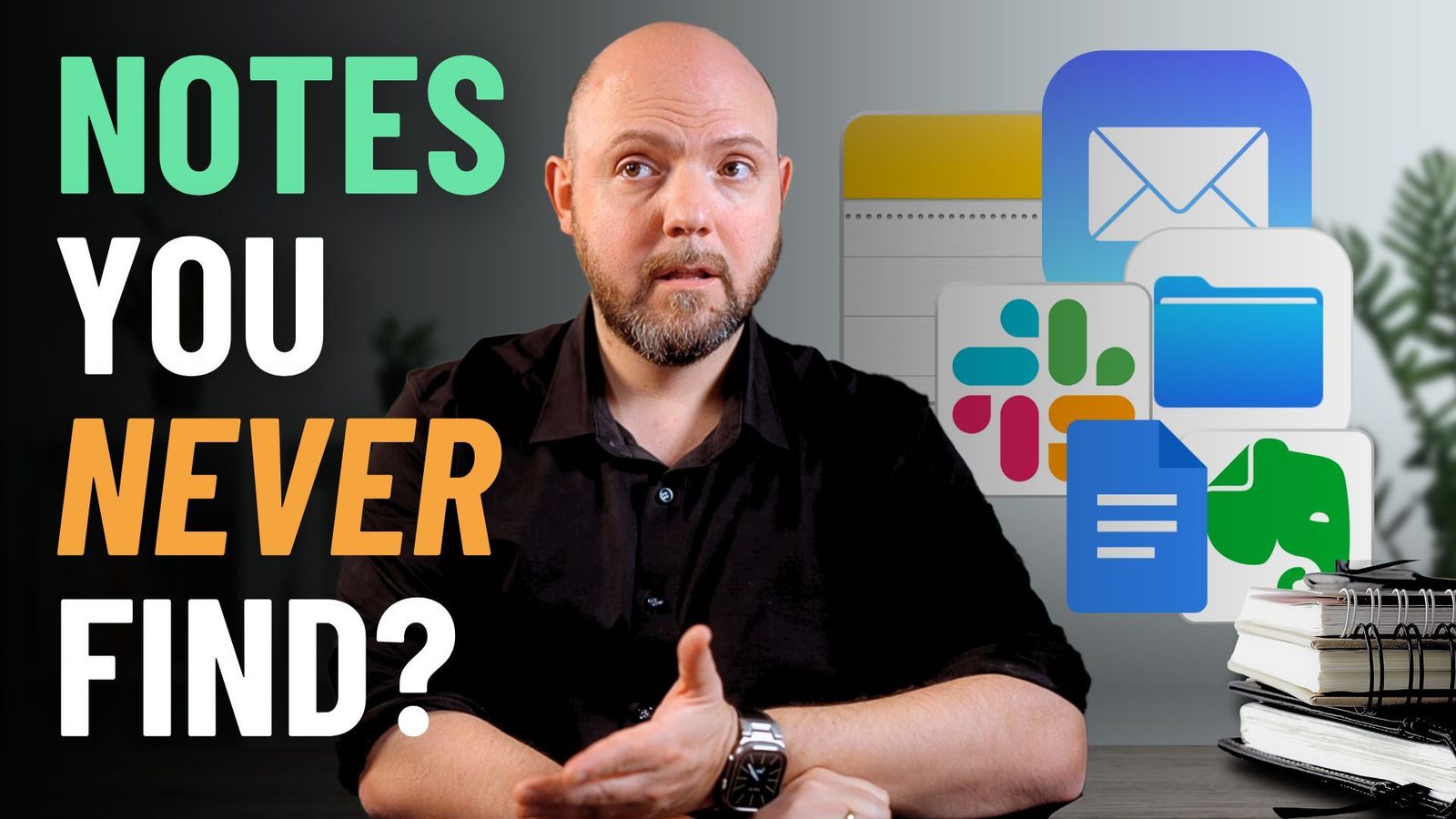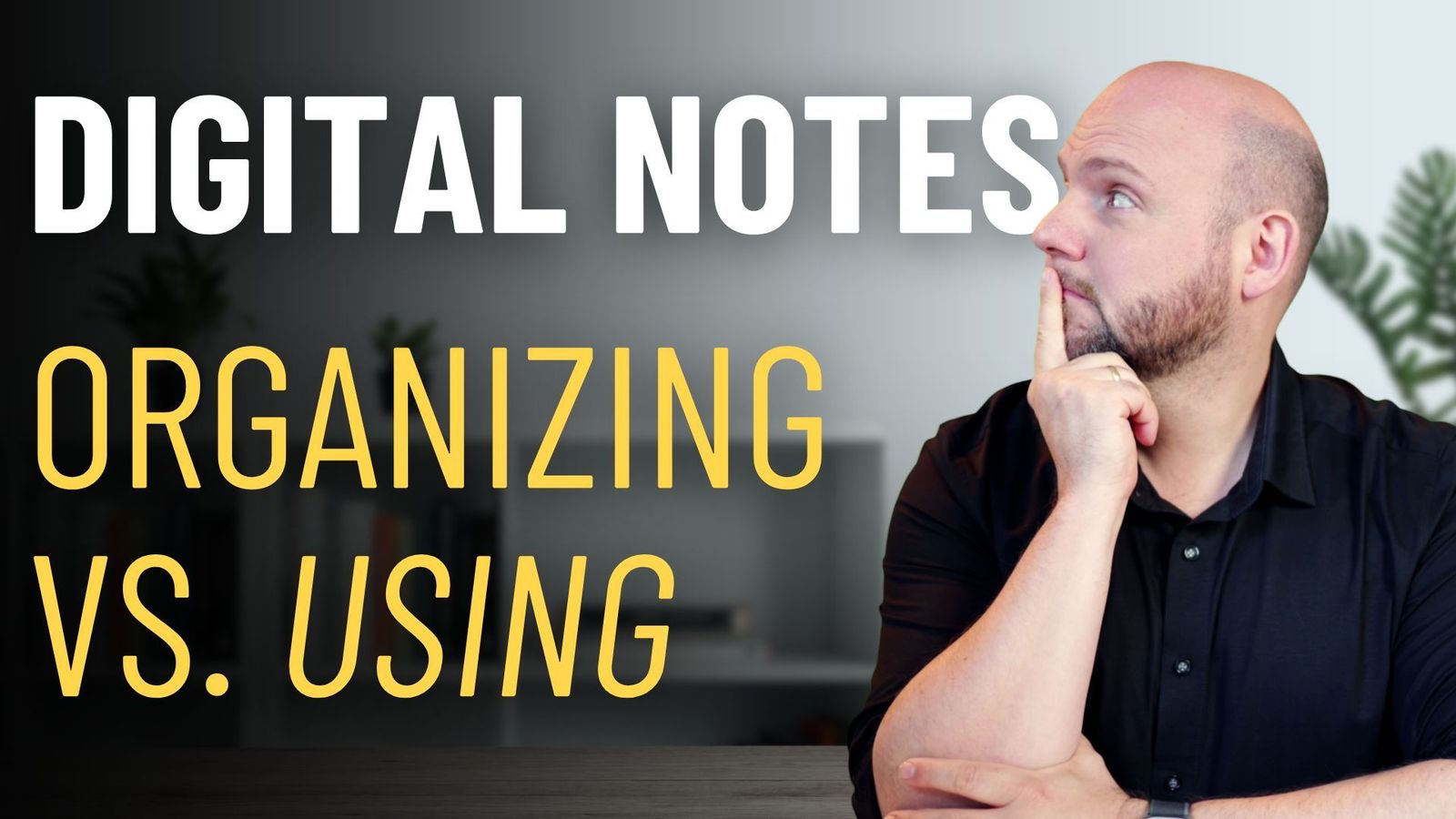Weekly planning isn’t just about setting aside an hour every Monday to glance through your to-do list. It’s about building a system where your tasks, projects, and goals align seamlessly, making the entire planning process effortless. When done right, weekly planning becomes a natural extension of a well-structured productivity system, saving you hours of fragmented planning and unproductive task juggling.
The Power of Output Elements in Planning
The concept of “Output Elements”—comprising Goals, Projects, Work Streams, Operations, and Tasks—is the backbone of an efficient productivity system. By clearly defining these layers, you create a top-down structure that guides your weekly planning.
- Goals: Focus on quarterly goals rather than overwhelming year-long ambitions. Quarterly goals give you the intensity and focus needed to push forward.
- Projects: These are the tangible initiatives you need to complete to reach your goals. Projects act as containers for actionable tasks.
- Tasks: The actual work items that, once completed, lead to project completion and ultimately, goal achievement.
- Work Streams: Recurring projects that allow for optimization and automation, streamlining operations over time.
- Operations: One-off tasks or department-specific requests that don’t fall under a specific project but are necessary for daily business activities.
When this structure is implemented properly, every task created is already pre-prioritized because it directly aligns with your business goals. This eliminates the need for redundant prioritization labels that often clutter Project Management tools.
Weekly Planning Without Prioritization Fatigue
One of the biggest time-wasters in traditional Project Management systems is the constant re-prioritization of tasks. By following a structured approach where every task serves a defined purpose within a goal or project, you eliminate the overwhelming task of constantly shifting priorities.
Instead of juggling endless lists of “urgent” and “low-priority” tasks, your system should ensure that any task making its way into your planner is inherently a high-priority item. Tasks that don’t deserve your immediate attention should never make it into your weekly plan. This drastically reduces decision fatigue and ensures you’re always working on what truly matters.
Planning in Sunsama: The Execution Layer
Tools like Sunsama become incredibly powerful when used as the final execution layer. After tasks are aligned with goals and projects in your Project Management system (like ClickUp), Sunsama serves as the daily and weekly planning dashboard.
Here’s how it works:
– Weekly Goals: Limit your focus to five Weekly Goals. These are deep work items that have significant impact.
– Daily Highlights: Assign one high-impact task as your daily highlight. Completing this task in the morning ensures a productive day, making everything else a bonus.
– Shallow Work Separation: Shallow tasks like Email Management and administrative duties are handled in batch routines, ensuring they don’t clutter your focus space.
– Urgency Filter: Only tasks with genuine business impact should interrupt your focus. Defining what “urgent” means for your team is critical to maintaining workflow clarity.
The Role of Personal and Team Dynamics
Busy Professionals often struggle to juggle team tasks with their personal responsibilities. Understanding the distinction between personal and team workflows is essential. Your productivity system should accommodate both:
– Team Tasks: Managed through structured Project Management tools with clear goal alignment.
– Personal Tasks: Managed in flexible systems like ToDoist for quick, ad-hoc items.
– Unexpected Events: Systems must be adaptable to urgent tasks that impact business continuity, like critical website issues.
Weekly planning becomes more than a static ritual; it becomes an active, living process that responds to real-time business needs while maintaining a clear focus on strategic goals.
Bringing It All Together
With this structured approach, weekly planning transforms from a chaotic catch-up session into a powerful alignment process that drives you towards your business goals. By leveraging tools like ClickUp for structured Project Management, ToDoist for personal Speedy Tasks, and Sunsama for visual weekly planning, you maintain complete control over your workload without falling into the trap of reactive task management.
We invite you to join the Paperless Movement® Membership, where you’ll learn how to implement this end-to-end productivity system through our comprehensive courses, including Note-Taking, Personal Knowledge Management, Task Management, and Project Management.




